The 10 Most Popular American House Styles
Dive into America's most popular house styles. From Craftsman to Mediterranean, this post offers an in-depth look at each style's unique features, history, and origins.

If you’re in the market for a new home or are a fan of home improvement shows, you’re probably familiar with the different home styles. But do you know what sets a Crafstman apart from the Colonial or Mediterranean style? Don’t worry, we got you covered.
In this post, we look at the most popular house styles in America. We've handpicked the most iconic styles to showcase their unique characteristics, historical background and geographical origin. So whether you're a homeowner looking to remodel or just someone who loves beautiful architecture, this guide is for you.
What's in this post:
Craftsman
The Craftsman style is known for its low-pitched gabled roofs, overhanging eaves, wide porches and handcrafted woodwork. It's an architectural style that emphasizes simplicity, functionality and natural materials.
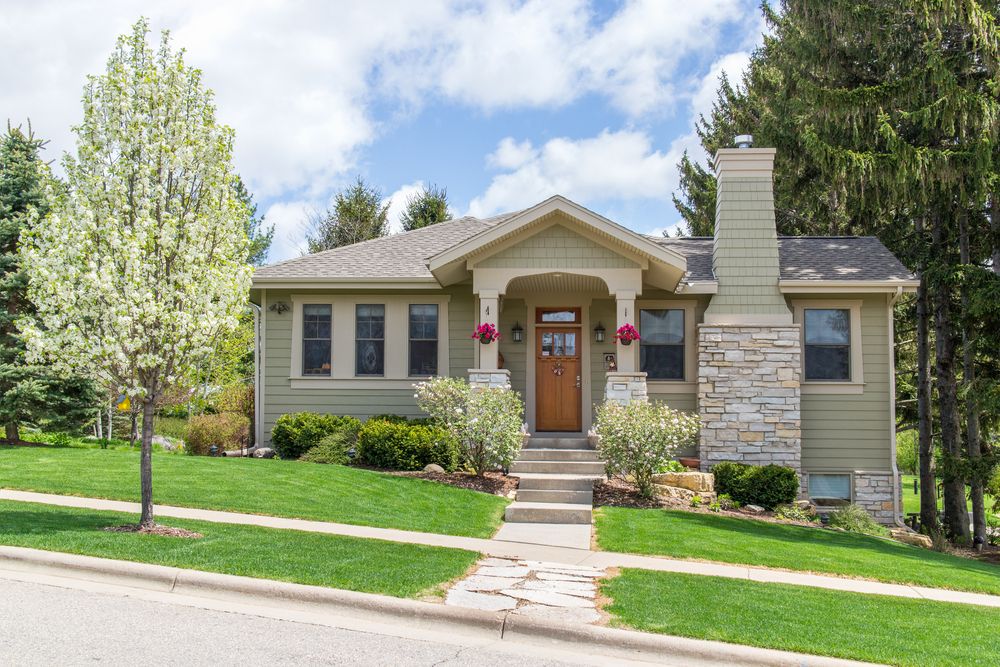
This home style emerged in the early 20th century in response to the overly ornate Victorian homes popular at the time. The Craftsman style takes its name from the Arts and Crafts movement that inspired it and called for a return to handcrafted artistry and attention to detail. The style originated on the West Coast, particularly in California, but quickly spread across the country.
Add built-in cabinetry, natural wood finishes, and earth-toned paint colors to incorporate Craftsman-style features into your home. For furniture, opt for pieces with simple, clean lines and choose textiles with understated patterns.
Mid-Century Modern
Mid-century modern homes are characterized by open floor plans, large windows and minimalist design. Key elements of this style include clean lines, geometric shapes and a mix of natural and artificial materials.

This style emerged in the mid-20th century, during the post-WWII era. It was a departure from traditional architectural styles and a response to a post-war world. Mid-century modern was heavily influenced by Scandinavian design principles. It can be found across the United States but is most prevalent in California and the Southwest.
To bring mid-century modern into your home, choose furniture with sleek lines and organic shapes, such as Eames chairs or Noguchi tables. Opt for a color palette that includes bold, saturated colors like avocado, browns, oranges and neutrals. Incorporate plenty of glass and metal accents to create a sense of openness and light.
Colonial Revival
Colonial Revival homes are known for symmetrical facades, gabled roofs, and classical details such as columns and pediments. Interiors of these homes typically feature crown molding, wainscoting and hardwood floors.
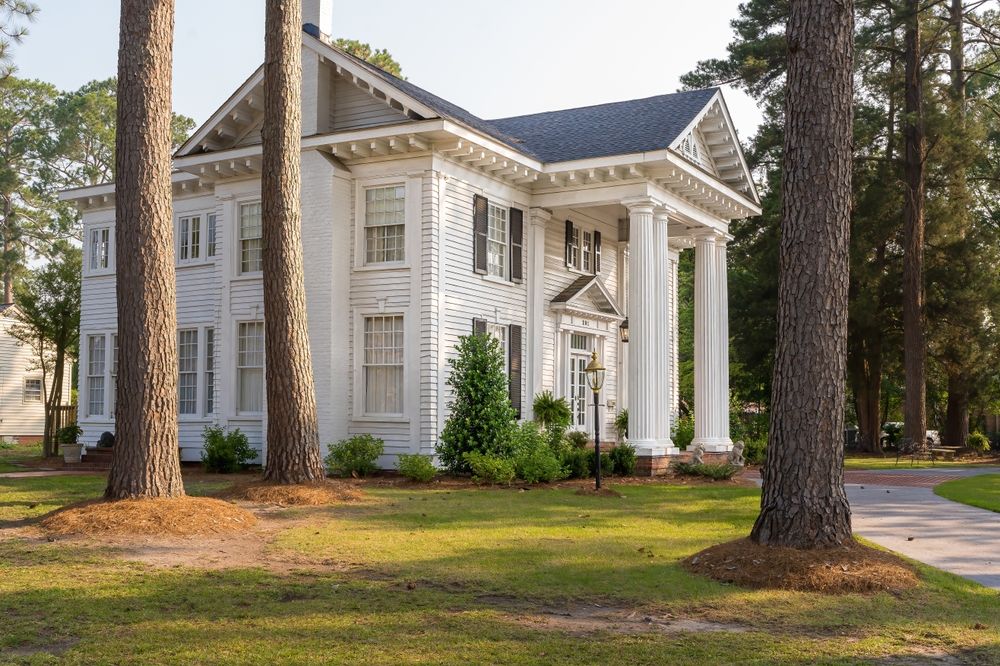
The Colonial Revival style emerged in the late 19th century, inspired by a renewed interest in America's early colonial architecture. This style sought to reinterpret colonial design principles for a modern audience. It's common throughout the United States, especially in the Northeast and the South.
To incorporate Colonial Revival elements into your home, focus on symmetry and balance in architecture and decor. Choose traditional furniture with ornate details, such as wingback chairs or four-poster beds. Use a classic color palette of rich reds, blues and yellows to evoke a sense of history.
Modern Farmhouse
Modern Farmhouses are characterized by simple, clean lines, metal roofs, and large windows. Interiors often feature exposed beams, shiplap walls, and a mix of rustic and contemporary finishes.
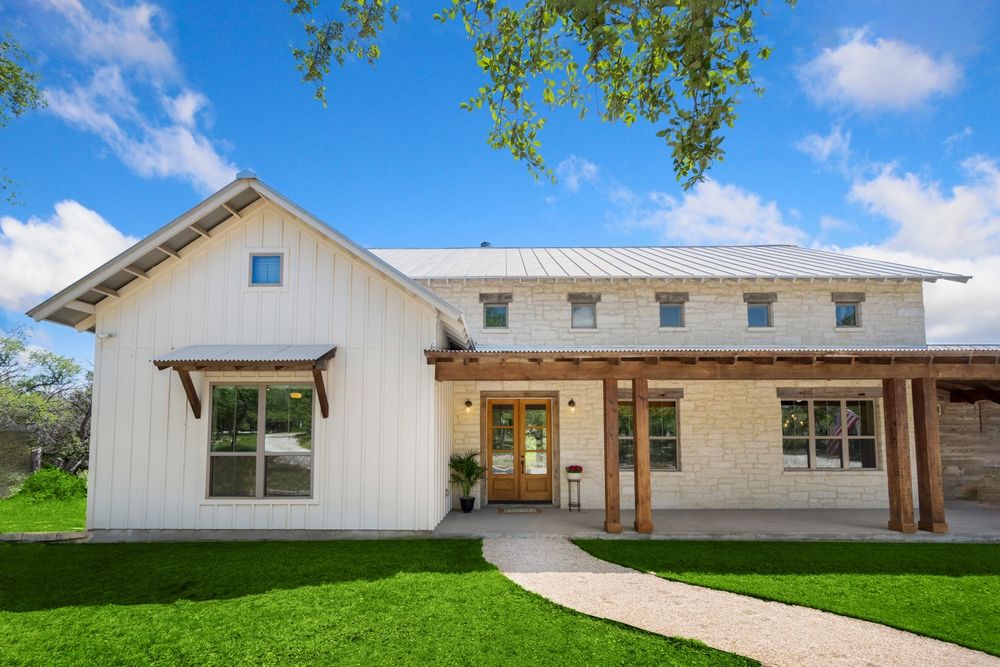
This style is a contemporary interpretation of classic American farmhouse architecture, blending elements of traditional rural design with modern sensibilities. It can be found across the United States and are especially popular in rural and suburban areas.
To bring the Modern Farmhouse aesthetic into your home, opt for a neutral color palette with pops of natural colors like greens and blues. Choose furniture with a mix of rustic and modern finishes, such as reclaimed wood tables and sleek metal chairs. Incorporate industrial lighting and plenty of natural textures to complete the look.
Prairie
Prairie Style homes feature low-pitched roofs, overhanging eaves, horizontal lines, and open floor plans. These houses often have large windows to emphasize a connection with the surrounding landscape.
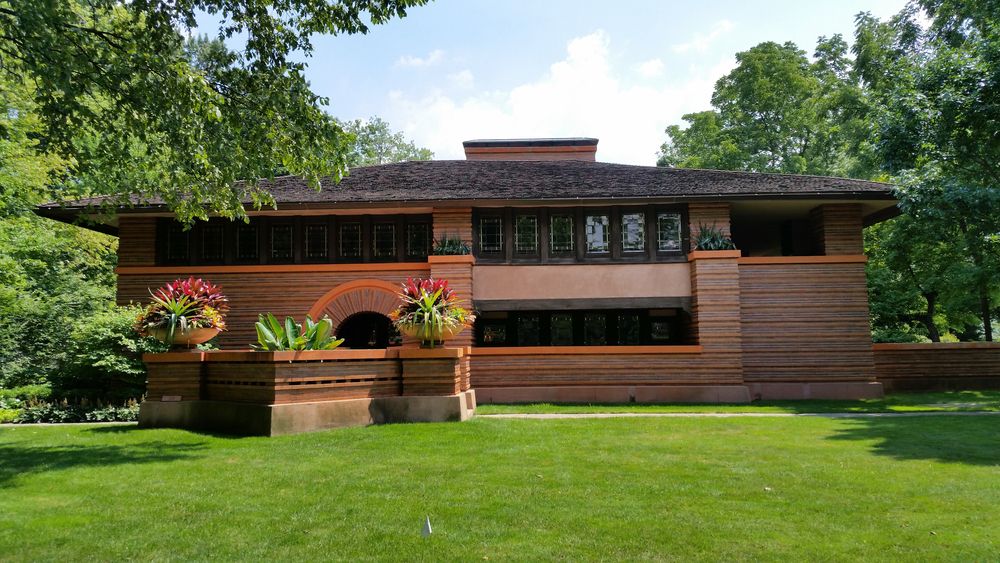
Developed by architect Frank Lloyd Wright in the early 20th century, the Prairie style was inspired by the flat, expansive landscapes of the American Midwest. While the style originated in the Midwest, Prairie-style homes can be found across the United States today.
Choose furniture with clean lines and simple forms to incorporate Prairie-style elements into your home. Use natural materials like wood and stone, and opt for earthy color palettes to create a warm, inviting atmosphere.
Ranch
Ranch-style homes are single-story with open floor plans, low-pitched roofs and attached garages. They often have sliding glass doors that open onto patios or decks, connecting indoor and outdoor living spaces.
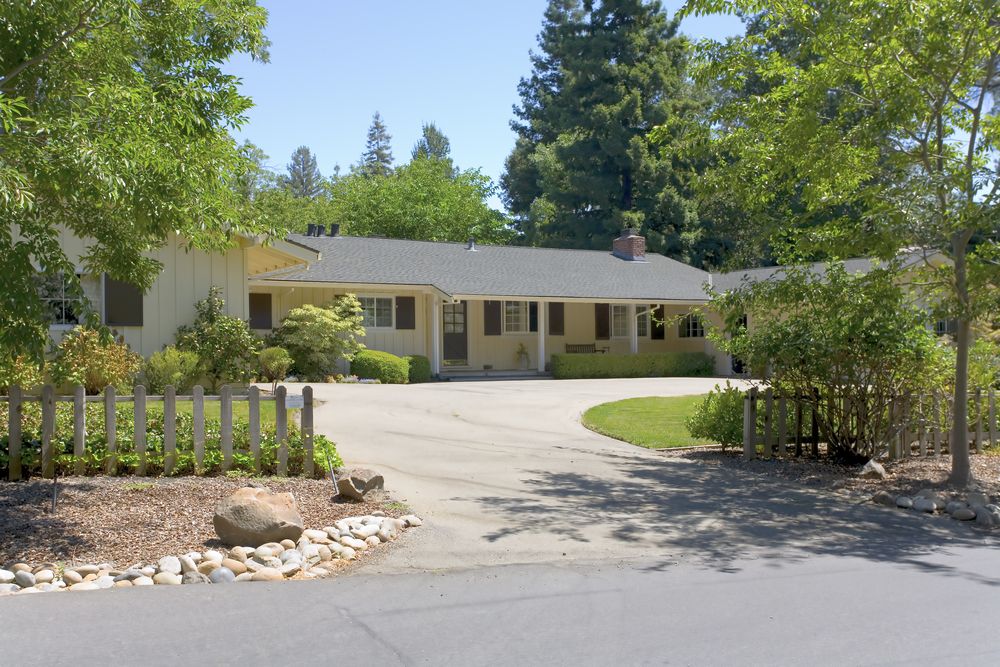
Much like Mid-Centiury Modern, the Ranch style gained popularity in the mid-20th century as a response to the growing demand for affordable, family-friendly housing in post-WWII America. These homes are most commonly found in suburban neighborhoods across the United States, particularly in the West and Southwest.
To bring the Ranch style into your home, focus on creating open, functional living spaces. Choose comfortable, casual furniture and incorporate natural materials like wood and stone. Use neutral colors and simple patterns to create a relaxed, welcoming atmosphere.
Cape Cod
Cape Cod homes are characterized by steep, pitched roofs, symmetrical facades and central chimneys. They often have dormer windows clad in wood siding, typically painted in light colors.
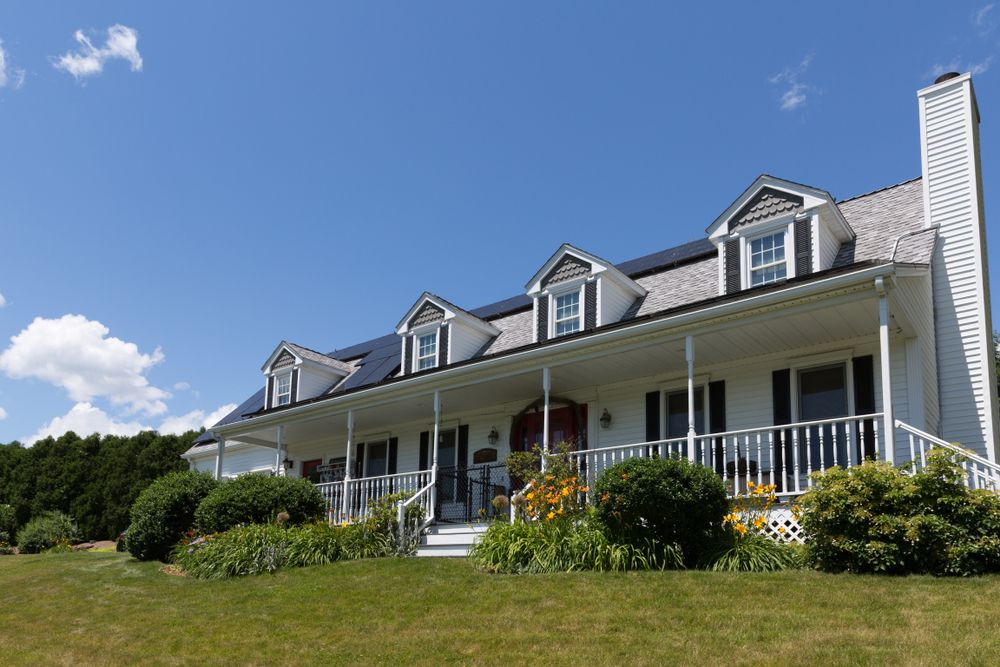
The Cape Cod style originated in the 17th century in New England and experienced a revival in the mid-20th century. While Cape Cod homes are most commonly found in the Northeast, particularly in coastal areas, they can also be seen throughout the United States.
To incorporate Cape Cod elements into your home, use traditional furniture with clean lines and simple forms. Opt for a color palette that includes light blues, greens, and grays to evoke a coastal feel. Add nautical or beach-themed decor items to complete the look.
Contemporary
Contemporary homes are known for clean lines, open floor plans and large expanses of glass. They often incorporate sustainable materials and energy-efficient design elements.
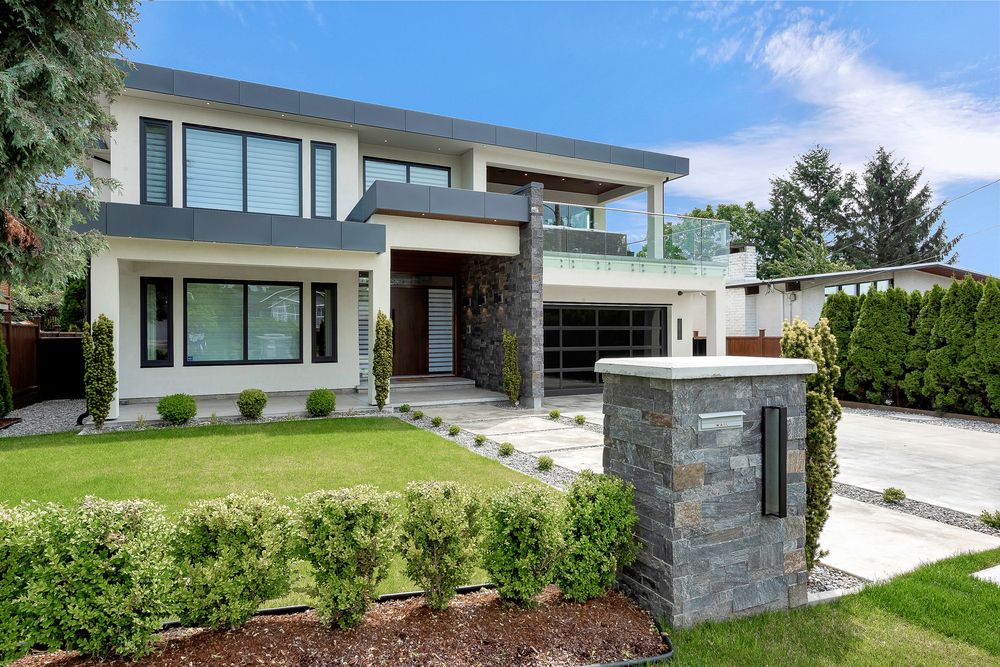
This style emerged in the late 20th century as a response to rapidly changing technology and a growing focus on sustainable living. Contemporary homes are found across the United States, particularly in urban and suburban areas.
To bring the Contemporary aesthetic into your home, choose furniture with minimalist designs and neutral colors. Use eco-friendly materials like bamboo or reclaimed wood, and incorporate plenty of natural light through large windows and skylights.
Victorian
Victorian homes are known for ornate details, steep roofs and asymmetrical facades. They often feature decorative trim, stained glass windows, and intricate woodwork.
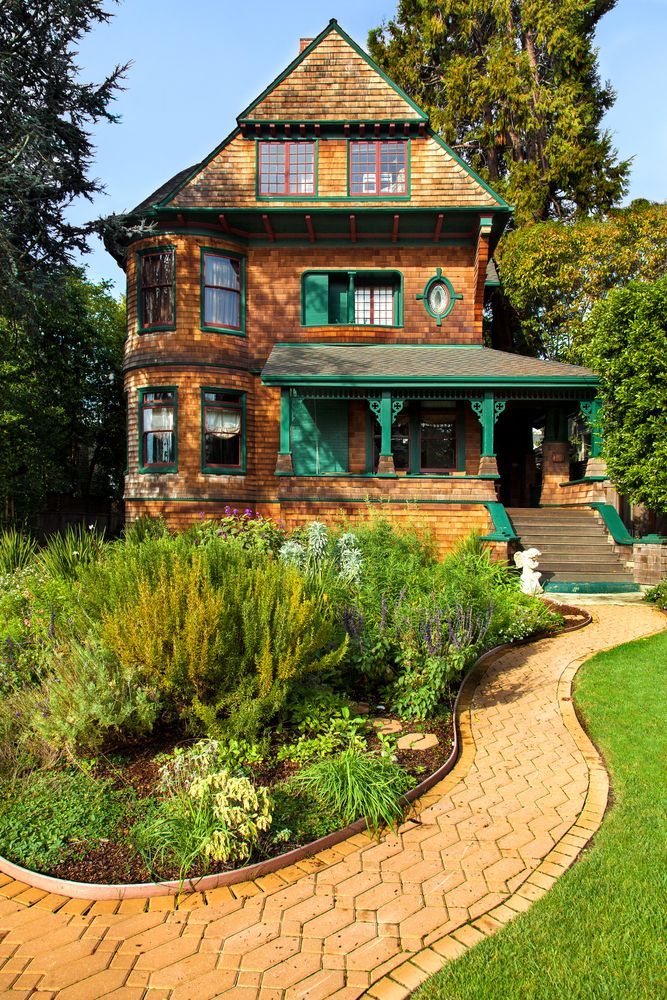
The Victorian style emerged mid-to-late 19th century during Queen Victoria's reign. It was popularized in the United States by architects like Andrew Jackson Downing. Victorian homes across the United States are most commonly seen in older cities and towns, particularly in the Northeast and Midwest.
Choose furniture with ornate details and rich fabrics to incorporate Victorian elements into your home. Use a color palette that includes deep reds, greens and blues. Add decorative accents like chandeliers, patterned wallpaper and antique accessories.
Mediterranean
Mediterranean-style homes are characterized by red or orange tile roofs, stucco exteriors and arched windows and doorways. They often feature courtyards, balconies and intricate ironwork.
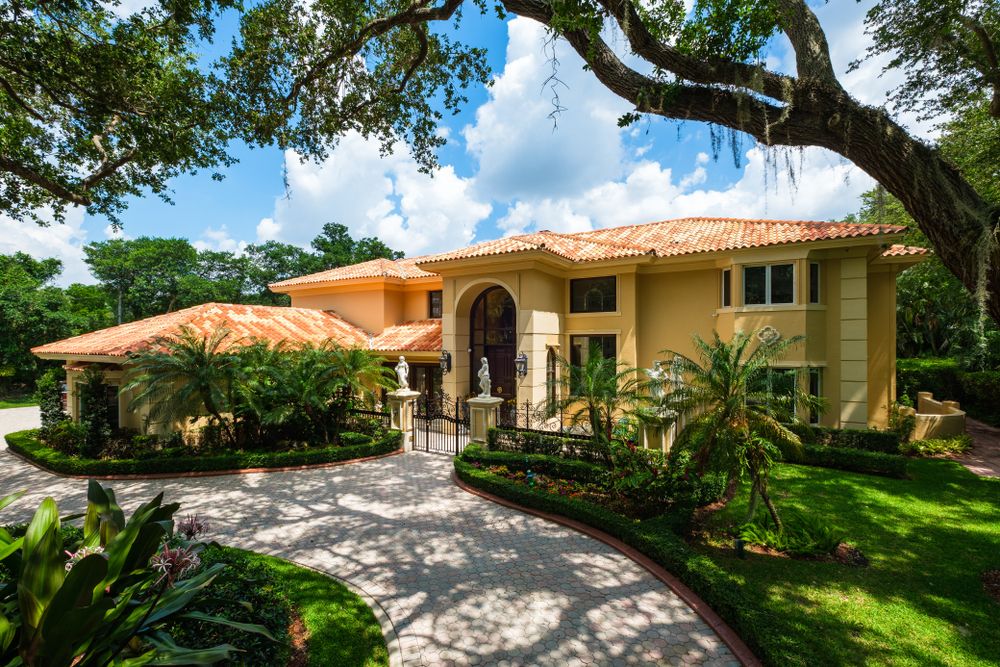
This style became popular in the United States in the early 20th century due to the growing interest in European architecture and design. Mediterranean-style homes are most commonly found in warm climates like California, Florida and the Southwest.
Choose furniture with carved wood details and rich, warm colors to bring the Mediterranean aesthetic into your home. Use terracotta or mosaic tile flooring, and incorporate wrought iron accents in lighting fixtures and decorative items.
Conclusion
Now that you have an insight into some of America's most popular house styles, you'll be able to tell them apart. By understanding these styles' key features, historical backgrounds, and geographical origins, you'll be well-equipped to incorporate them into your home using the right furniture, paint colors, and decor items.
Want to try your hand at designing at home in one of these popular styles? Use Planner 5D to bring any style to life and see which one works best for you and your family.
